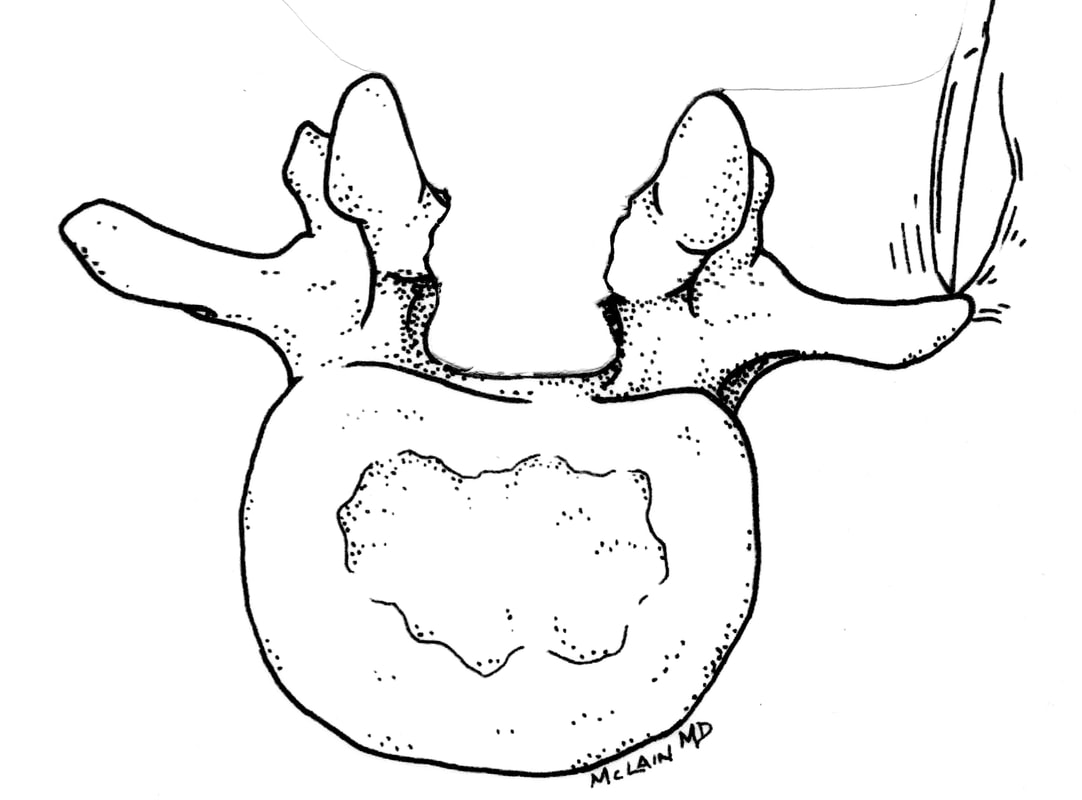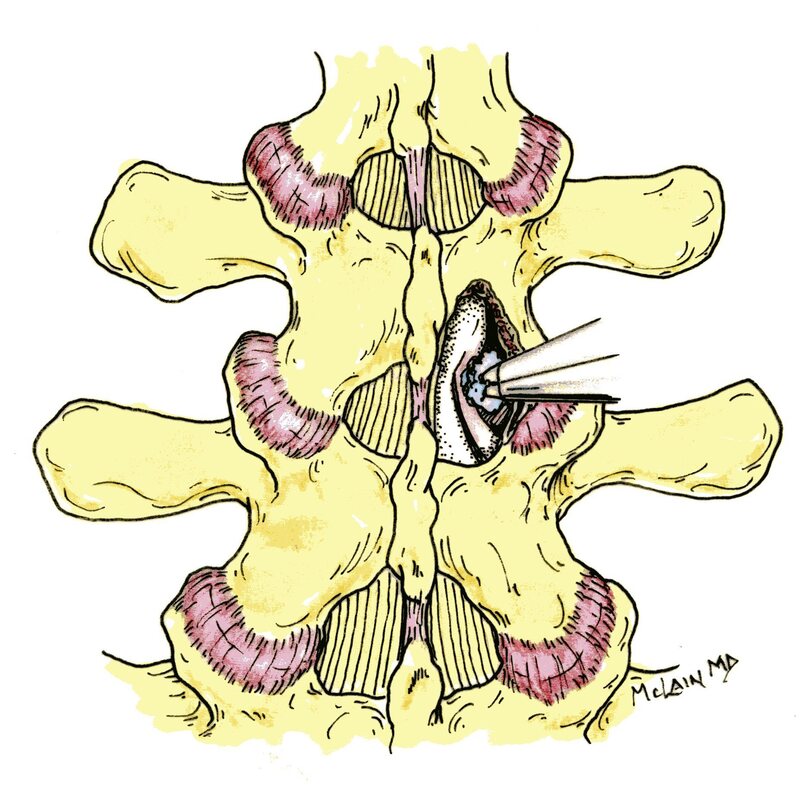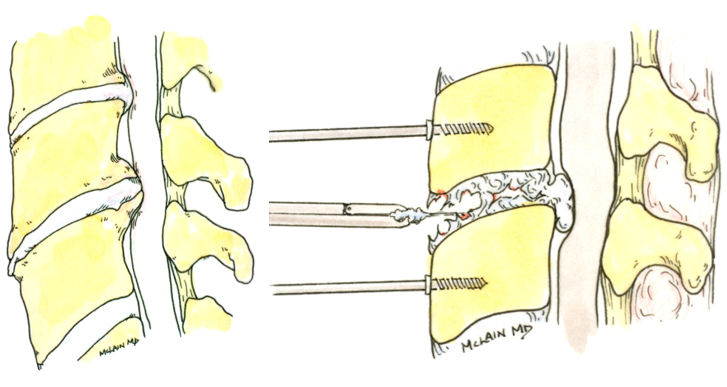Spine surgery has a complex and confusing language. You need to know a little of it...Patients considering spinal surgery often come to me for a second opinion, having already been told they need an operation, but not really knowing what it is they’re actually having done. Some of this is because spinal disorders are complex, and the anatomy is complex, and the procedures can be complex. That’s why you go to a spine specialist for surgical treatment. But a lot of the confusion is because the language we use is confusing, and – even though we’re spine specialists – we don’t always explain ourselves very well. One common question comes up after we’ve discussed the need for spinal decompression – surgery to take pressure off the nerves in the neck or back – and it really distills down to “What did you say??” Spinal decompression is just that – taking the pressure off of the “neural elements” (nerves or spinal cord) by removing bone and expanding the space the nerves pass through. Sometimes your surgeon may simply inform you that you need a “decompression” without explaining what that means, and the specific terminology can be important. So, ask for more information. They may tell you you need a Laminectomy. A laminectomy is a type of decompression that involves removing the bone that forms the roof of the spinal canal, allowing the surgeon to remove bone spurs or disc herniations that may be pinching the nerves in the canal. This is the widest decompression your surgeon can do, and it’s often necessary for patients with spinal stenosis or those needing a fusion as well. Or maybe they mentioned a Hemilaminectomy? That’s just a partial laminectomy, performed on one side of the spinal column. Or a Laminotomy? Or a Hemilaminotomy? Those are essentially the same thing - smaller windows still, removing just enough bone around the point of pressure to allow removal of the disc or cyst or spur that’s causing the pain. Microdiscectomy? That just means your surgeon is going to use magnification while operating through a small incision and remove a herniated disc through a hemilaminotomy, to take pressure off the nerve with the least injury to the surrounding tissues as possible. When cord or nerve compression occurs in the cervical spine, it is common to perform an anterior cervical discectomy and fusion, or ACDF. In this case the decompression is through the front of the neck, removing the entire disc from between two vertebrae, then stabilizing the spine with either a fusion or an artificial disc. This allows us to take the pressure off the spinal cord and nerve roots without having to move or manipulate the very sensitive cord from behind.
So, if you’ve been told you need a decompression, just ask for more information – what kind and where? Your surgeon should be happy to give you a description of what their plan is. And if you want some good illustrations of exactly what we’re talking about, check out some of the other pages on my website, www.spinesurgerycleveland.com for links to some excellent and reliable resources! Thanks for reading. Got any questions? Comment to let me know...
2 Comments
David
3/20/2023 02:11:23 pm
Thanks
Reply
3/20/2023 03:20:22 pm
Thanks for providing this informative information. Keep up the good work!
Reply
Leave a Reply. |
Details
AuthorI'm Dr. Rob McLain. I've been taking care of back and neck pain patients for more than 30 years. I'm a spine surgeon. But one of my most important jobs is... Archives
January 2024
Categories |




 RSS Feed
RSS Feed